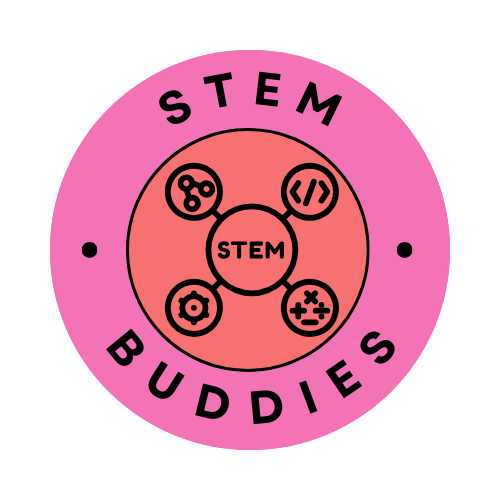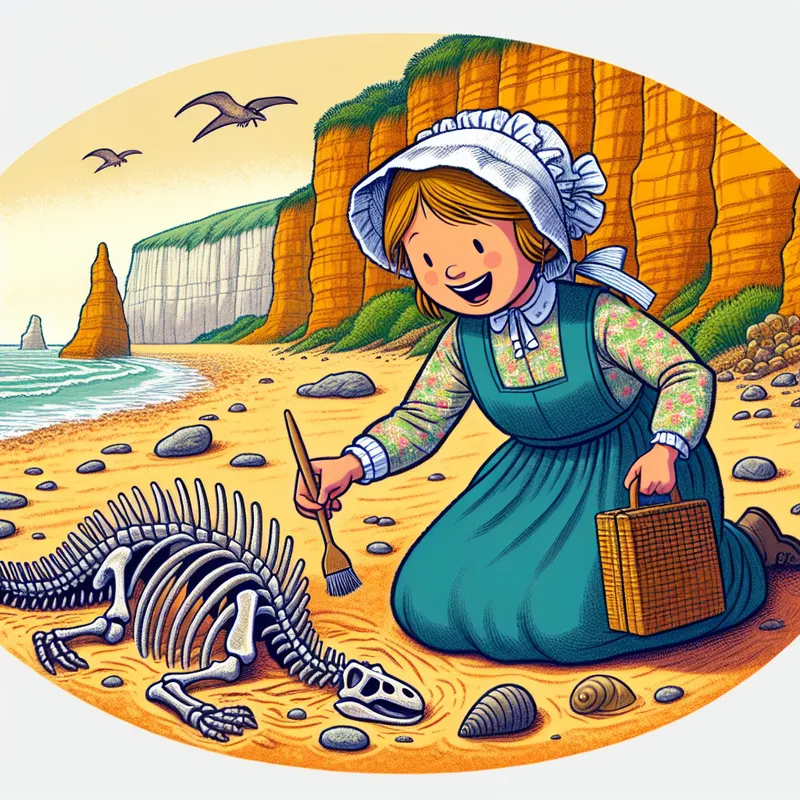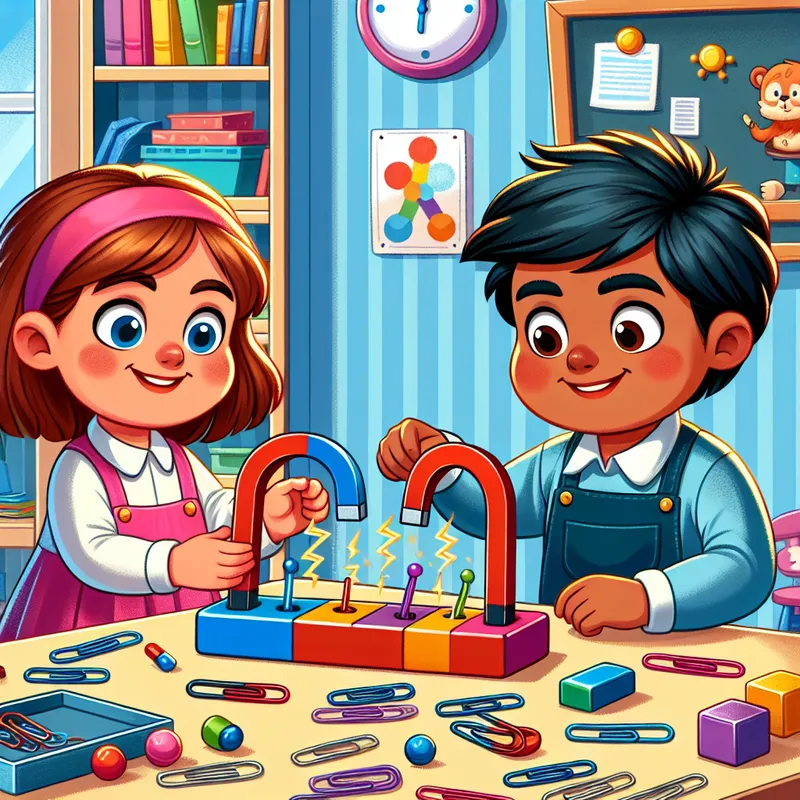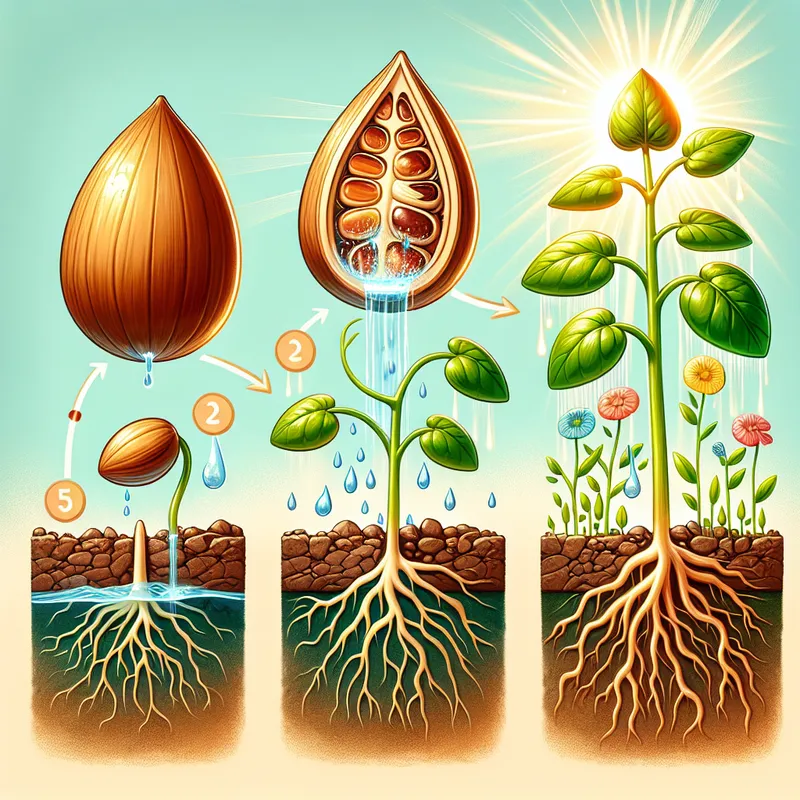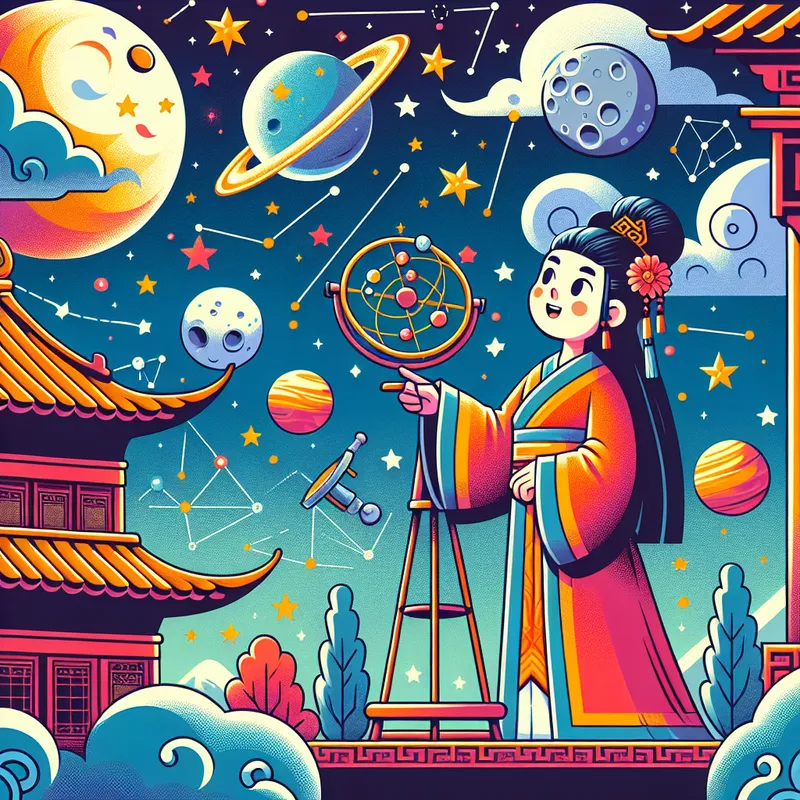Published on 01/11/2024 by James Best
The Science Behind Rainbows: Make Your Own
Hello, young scientists! Have you ever wondered how rainbows appear in the sky? Today we’re going to uncover the magical science behind rainbows AND learn how to make our own! Get ready for some colourful experiments!
What Makes a Rainbow?
Imagine sunlight is like a bunch of your favourite coloured pencils all stuck together. When sunlight hits tiny water droplets in the air, something amazing happens - the light splits apart into different colours, just like spreading out your pencils!
The Rainbow Recipe
To make a rainbow in the sky, you need:
- Sunshine
- Water droplets in the air
- The sun behind you That’s why we often see rainbows after it rains when the sun comes out!
Rainbow Colours
Every rainbow has the same colours in the same order. Here’s a fun way to remember them: Richard (Red) Of (Orange) York (Yellow) Gave (Green) Battle (Blue) In (Indigo) Vain (Violet)
The Science Bit
When sunlight enters a water droplet, it:
- Bounces off the back of the droplet
- Bends (scientists call this ‘refraction’)
- Splits into different colours
- Creates a rainbow!
Make Your Own Rainbow
Let’s try three brilliant experiments to make rainbows at home!
Experiment 1: CD Rainbow
You need:
- An old CD
- Sunshine or a torch
What to do:
- Hold the CD with the shiny side facing the light
- Tilt it until you see rainbow colours appear
- Try different angles to make the rainbow move
Experiment 2: Water Glass Rainbow
You need:
- A glass of water
- White paper
- Sunshine
- A windowsill
What to do:
- Fill the glass with water
- Place it on a sunny windowsill
- Hold the white paper nearby
- Move the paper around until you catch the rainbow!
Experiment 3: Mist Rainbow
You need:
- A water spray bottle
- Sunshine
- A friend to help
What to do:
- On a sunny day, face away from the sun
- Get your friend to spray a fine mist of water in front of you
- Watch for a rainbow to appear!
Rainbow Facts That Will Amaze Your Friends
- Rainbows are actually circles, but we usually only see half because the ground gets in the way
- No two people see exactly the same rainbow - everyone sees their own special one!
- There’s no end to a rainbow - it moves as you move
- Sometimes you can see two rainbows at once - the second one has the colours in reverse order!
Rainbow Hunters
Next time it rains and the sun comes out:
- Stand with your back to the sun
- Look for rain in the distance
- Search the sky at a 42-degree angle (about half-way up to straight above you)
- See if you can spot a rainbow!
Remember, every rainbow is special, just like you! Keep experimenting, stay curious, and never stop wondering about the amazing science all around us.
What other colourful experiments will you try?
Written by James Best
← Back to blog